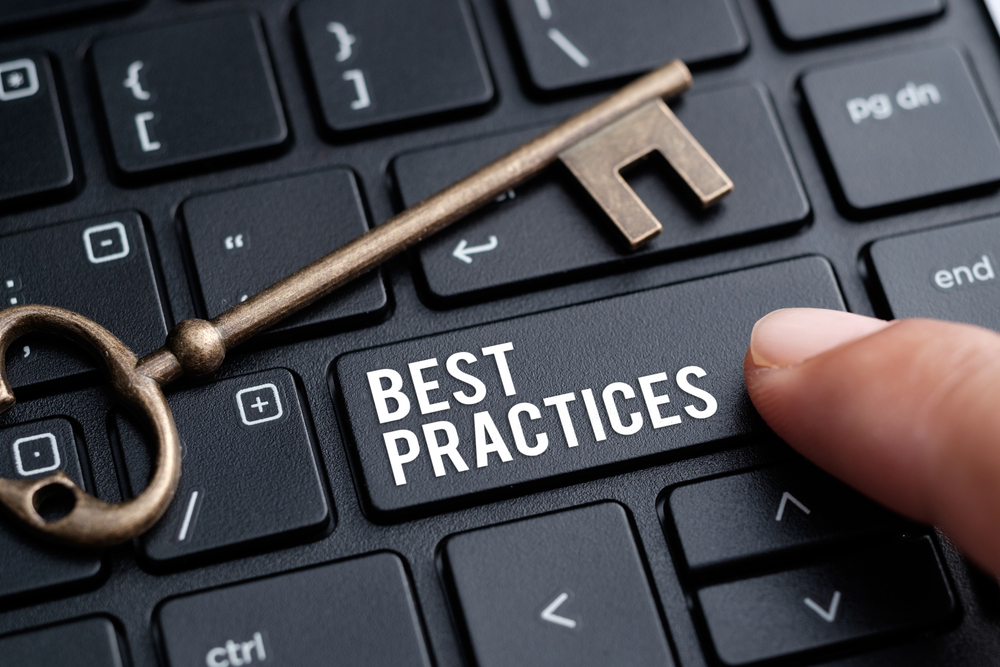
Security Awareness Training Best Practices
Each organization’s security awareness training will, and should, be slightly different. In fact, putting your own spin on your training is an important way to highlight specific elements of your corporate culture. Still, there are a few common threads that run through all of the most successful training programs. Here are the top 8 security awareness best practices:
Full Participation
Although it may seem unnecessary to include executives or janitorial staff in your program, the best programs include everyone. This puts your entire organization on the same page, promotes buy-in, ensures that those who are later promoted are already trained, and encourages an inclusive community culture.
Open Communication
It is certainly important to keep board members, c-level executives, and managers up to date on your vision for cybersecurity and the progress of your initiatives. But it is equally important to keep your employees in the loop. They need and deserve to understand the value of cybersecurity, the purpose of the training, and the status of your program as it evolves over time.
Baseline Assessments
You can’t know how well your program is working unless you know your starting point. Baseline assessments of everything from phishing susceptibility and employee knowledge of cybersecurity to malware infection rates are essential to measuring your success. Over time, you will know that your training program is working if your rates of employee-driven cybersecurity incidents start to decline.
Ongoing Assessments and Training
Security awareness is not a one-time thing. To be truly successful, you must help your employees develop new mindsets and new skills. That can only be achieved through ongoing practice and coaching. Make a commitment to regular training and assessments, and you will have far better success rates over time.
Linking Assessments with Training
Assessments such as simulated cyberattacks should be clear and distinct from training exercises. Yet they should be linked in time and topic. Once you have given an assessment, follow up with a training session on that subject within a few days, not weeks or months.
Reinforcement
Be sure to revisit key topics regularly rather than simply dumping information one time and expecting your employees to remember it all. Strive to make each training session build upon the last, giving your employees a solid foundation and good working knowledge of cybersecurity.
Tracking and Reports
Data matters, but the ultimate goal of tracking is to gain insight. Choose software with tracking and reports that add value by increasing your level of actionable intelligence.
Motivational Tools
All the training in the world won’t matter if your employees are not motivated to apply it. If your corporate culture allows for it, try using gamification techniques that turn what can be a dry field into a fun challenge. At a minimum, be sure to implement rewards and positive reinforcement techniques into your cybersecurity goal-setting.
About CFISA
Founded by former Secret Service Agent and Deputy Director of the National Cyber Security Division of the Department of Homeland Security Michael Levin, The Center for Information Security Awareness (CFISA) is designed to help businesses, government agencies, and academic institutions empower their employees to fight cybercrimes. We provide personalized, engaging, compliant, and affordable training in PCI-DSS, HIPAA, InfraGard Awareness, and Cyber Security Awareness.
Remember, no matter how big or small your company is, and how well the back doors to your system are barricaded, one employee click on the wrong link, attachment, or website could open the front door. CIFSA trains your employees on the best practices to avoid potentially catastrophic data breaches. Call us today at (561) 325-6050 to learn how we can help.
